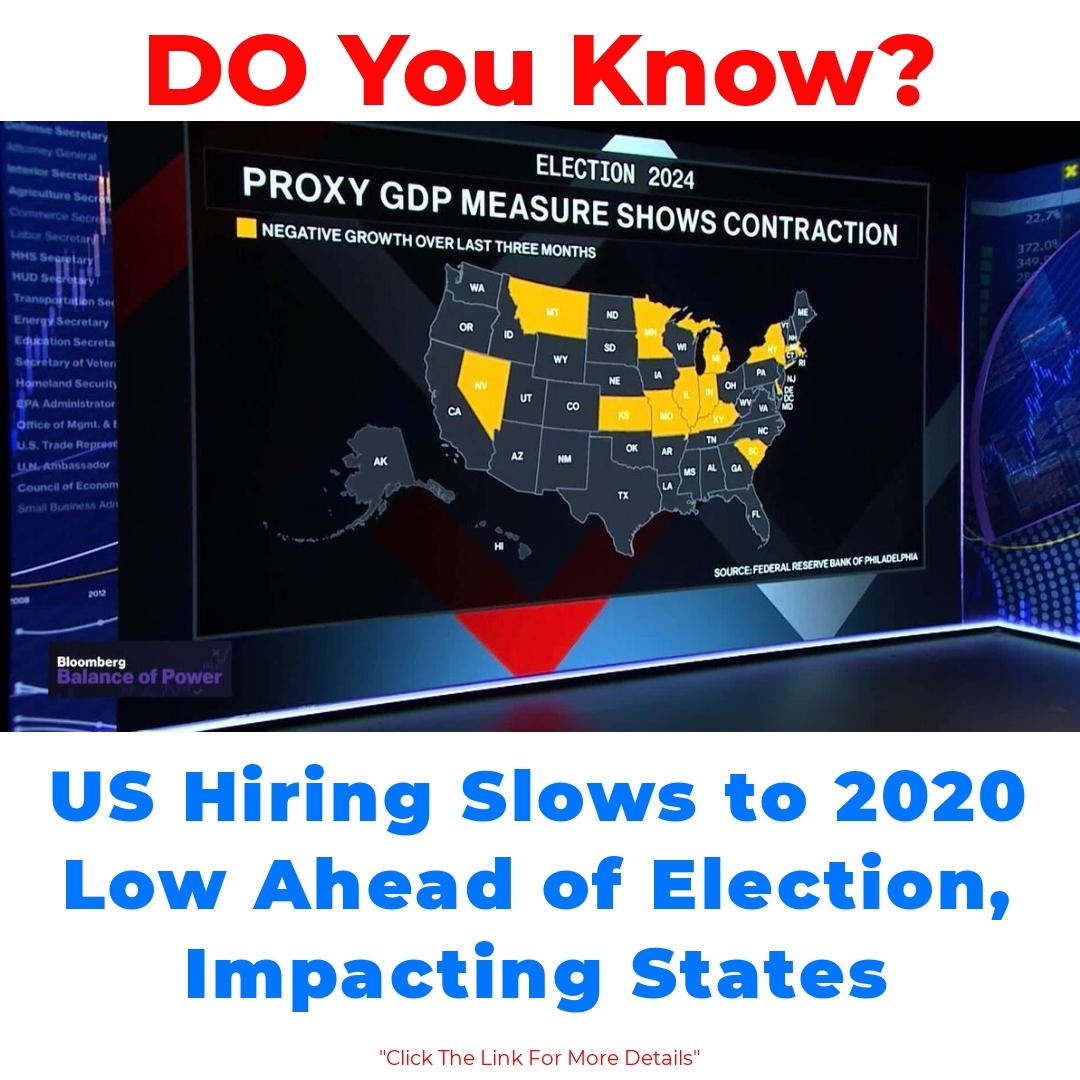The recent US hiring slowdown has become a pressing concern, particularly in light of the October hiring data released by the labor department. This report highlights the slowest hiring advances since 2020, raising questions about employment growth and its effects. This article examines the key findings and their implications for battleground states ahead of the upcoming election.

Overview of the Labor Department Report
The October hiring data from the labor department reveals some concerning trends. This report indicates that the US hiring advances are now the slowest we’ve seen since 2020. In numbers, this equates to an increase of only around 150,000 jobs last month, which is significantly lower than the averages we’ve seen in previous years. Employment growth is increasingly stagnating, leading many economists to speculate about the long-term effects on the job market.
Additionally, the labor department report provides valuable insights into current labor market conditions. The report suggests that while unemployment rates remain low, the underlying job market trends indicate a shift in economic outlook. This could signal trouble for certain sectors, especially those that heavily rely on consumer spending and confidence.
Economic Impact on Battleground States
The economic outlook stemming from these hiring trends holds particular weight in battleground states, which are crucial for the upcoming elections. In states like Pennsylvania, Wisconsin, and Michigan, employment rates are directly tied to local economies. For instance, if unemployment begins to rise in these areas, it could have a domino effect on voter sentiment.
Voter behavior often shifts based on economic conditions, especially during election cycles. A struggling job market might prompt voters in these battleground states to reconsider their support for incumbents, thereby reshaping the political landscape. It’s critical for candidates to be attuned to these factors as they campaign.
Analysis of October Hiring Data
Now, let’s break down the statistics from the labor department report more closely. The key metrics affecting the job market show a trend where sectors like hospitality and retail are struggling to rebound fully from the pandemic’s effects. These fluctuations are significant as they paint a broader picture of our economic health.
In terms of long-term implications, the US hiring slowdown may lead to various sectors experiencing a protracted period of slow growth. For example, the tech industry, which had a hiring boom over the last few years, may need to adjust its expectations. Understanding these trends can help society prepare for potential recovery patterns.
Political Implications and Election Impact
As we edge closer to the elections, the economy’s condition in battleground states will undoubtedly have a critical effect on voter perception. There’s a direct connection between hiring trends and voter sentiment. If voters perceive the economic situation as worsening, they may gravitate toward candidates who promise economic revitalization.
Predictions suggest that the US hiring slowdown could significantly influence election outcomes. If job numbers don’t improve substantially, we might see shifts in party support in crucial regions. Voters are likely to recall how their job prospects have changed when they cast their ballots, making economic performance a key focus for candidates.
Conclusion
In recap, the labor department’s findings on the US hiring slowdown are significant as we approach the election. With the slowest hiring advances since 2020, it’s crucial to understand the implications for battleground states. The economic landscape can greatly influence voter behavior and, ultimately, election outcomes.
As we continue to monitor job market trends, it’s clear that the economic impact on battleground states will play a pivotal role in shaping the political narrative leading up to the election. Voters will be watching closely, making it essential for candidates to have a strong grasp of the issues at hand.
FAQ
What does the October labor department report indicate about job growth?
The report shows that job growth is currently at its slowest rate since 2020, with only about 150,000 jobs added last month. This is a stark drop compared to previous years’ averages.
Are unemployment rates still low despite these trends?
Yes, unemployment rates remain low; however, the stagnation in employment growth suggests underlying issues that could affect the job market negatively.
Which sectors are most affected by the current hiring trends?
Sectors such as hospitality and retail are struggling to recover fully from the pandemic’s impacts, which highlights challenges in certain areas of the job market.
What potential long-term effects could arise from the current hiring slowdown?
The slowdown may lead to prolonged slow growth in various sectors, including technology, which previously experienced a hiring boom and may need to adjust expectations moving forward.
How might these trends influence voter behavior in battleground states?
Economic conditions, especially concerning job availability, can heavily sway voter sentiment. If voters perceive worsening job opportunities, they might rethink their support for current political leaders.
What impact could this have on the upcoming elections?
Predictions indicate that if hiring numbers do not improve significantly, there could be shifts in party support in critical battleground states, which are crucial for election outcomes.





